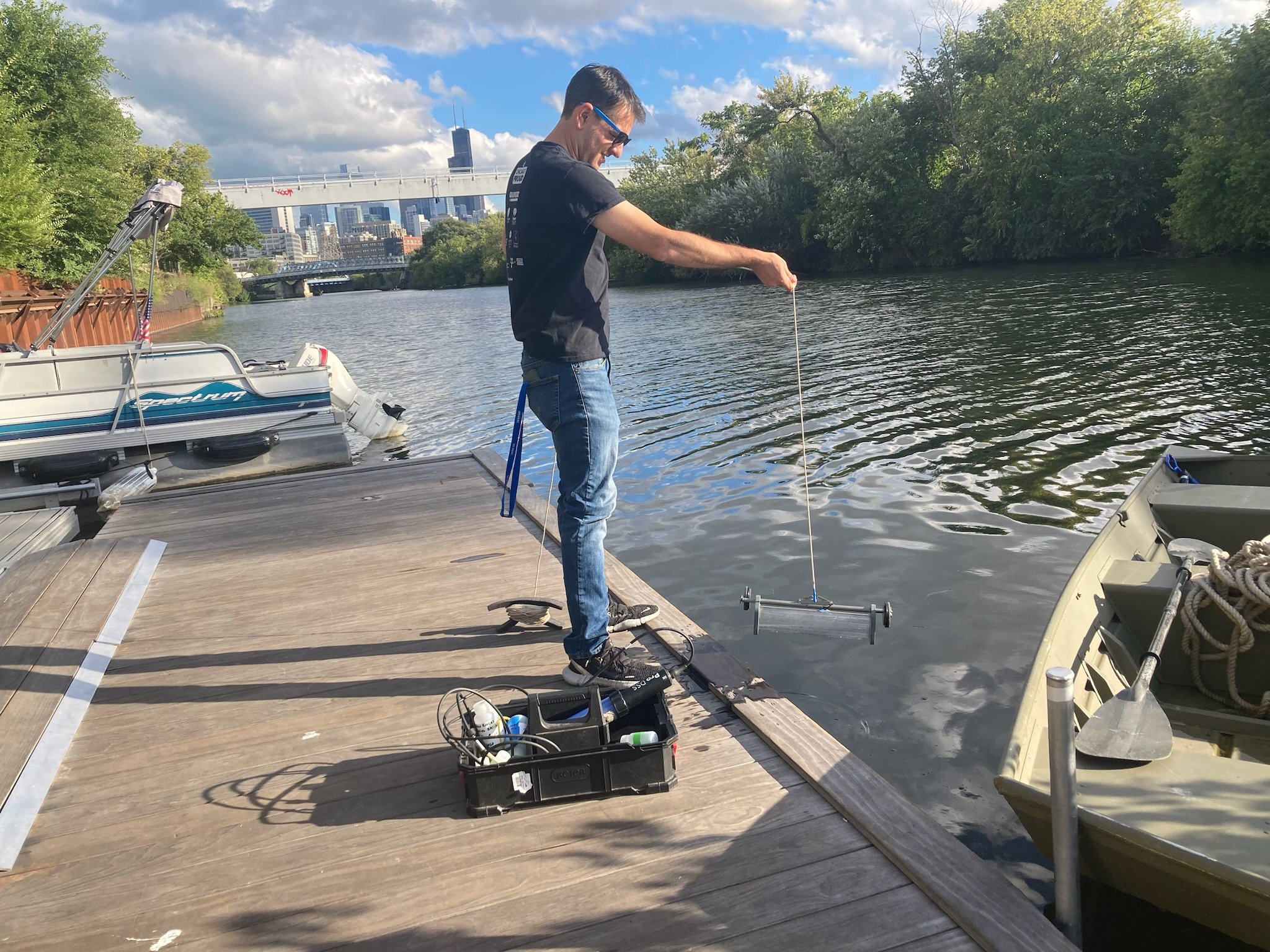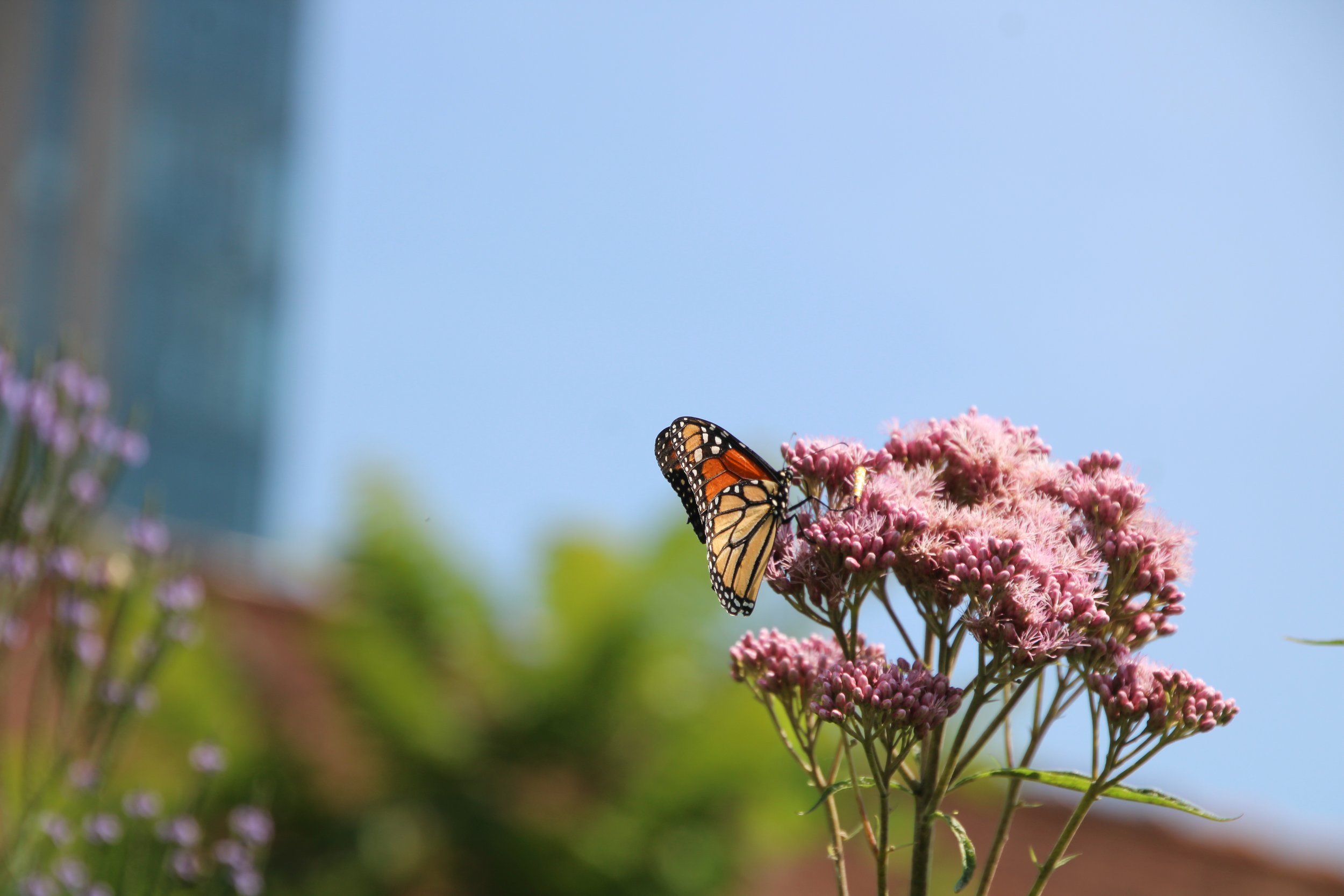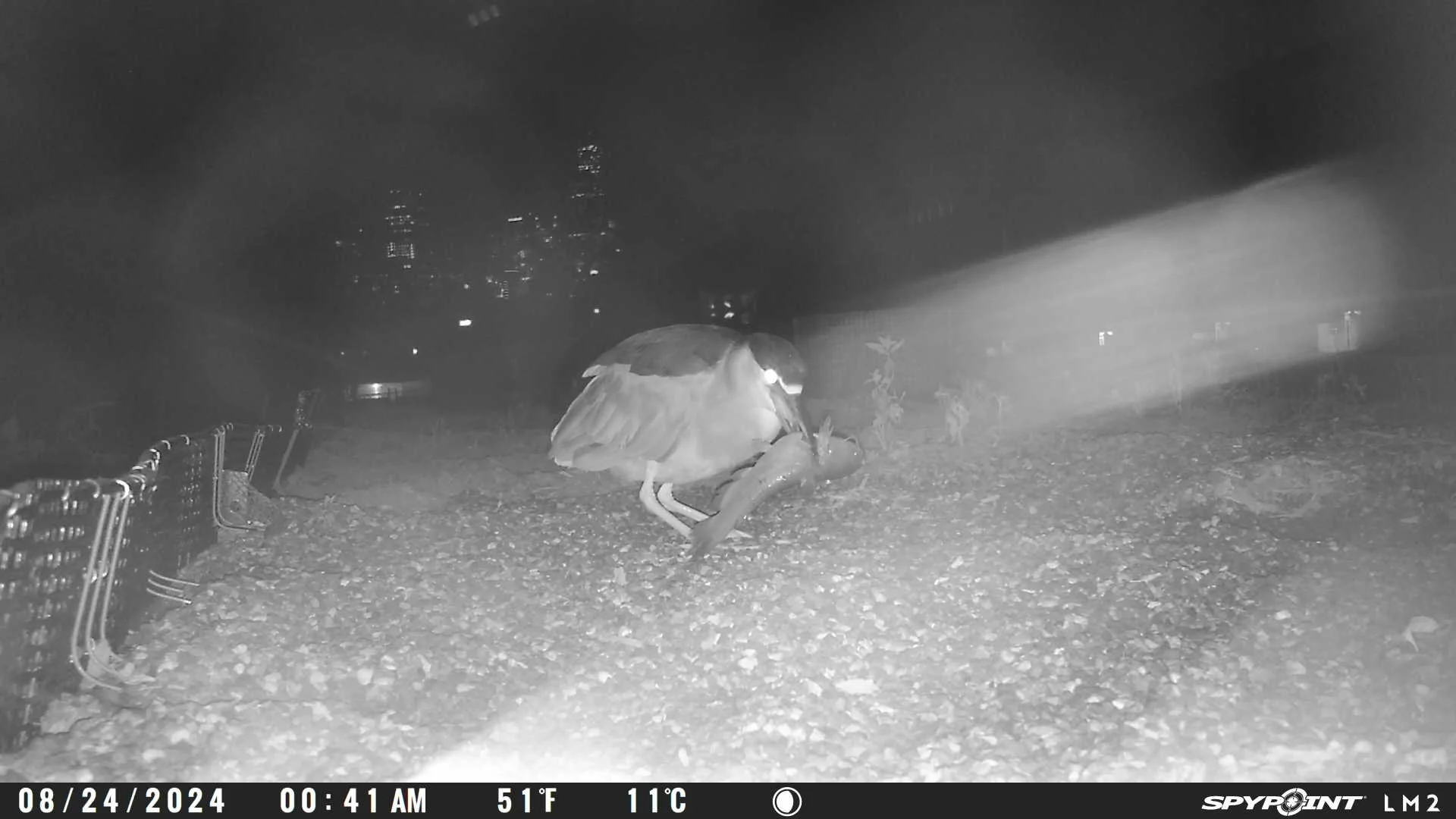Research and Innovation
Our projects are “living laboratories”, and serve as a resource for ecologists, environmental scientists, sociologists, and community scientists. Urban waterways are a rapidly changing feature of the modern world, and therefore attract a great deal of attention from parties interested in documenting and studying this ongoing evolution. We work with researchers across academic, nonprofit, and governmental institutions to ensure that our restoration work is continually informed by a scientific understanding of the ecosystems we serve.
Research Areas
Click to learn more!
Publications
Application of floating wetlands for the improvement of degraded urban waters: Findings from three multi-year pilot-scale installations
The Effectiveness of an Artificial Floating Wetland to Remove Nutrients in an Urban Stream: A Pilot-Study in the Chicago River, Chicago, IL USA











